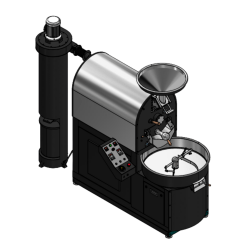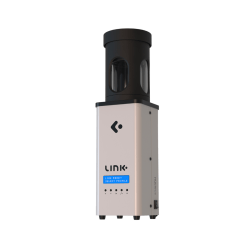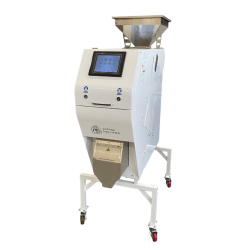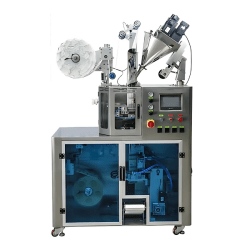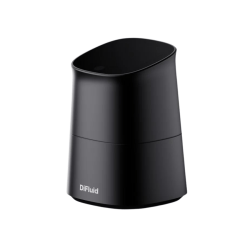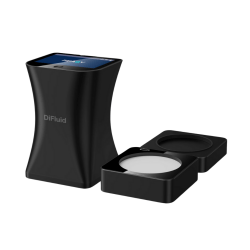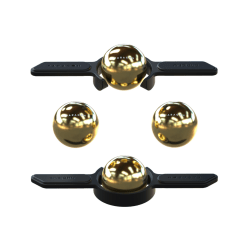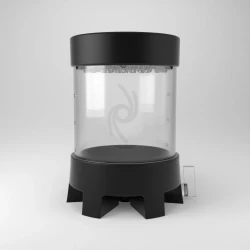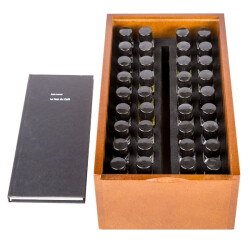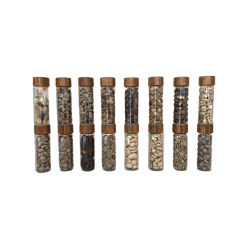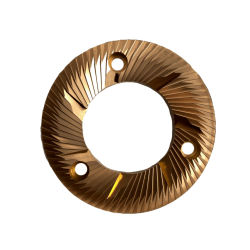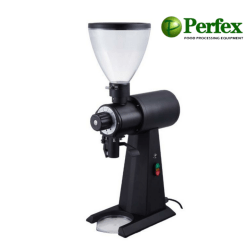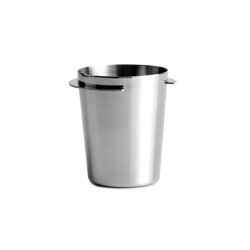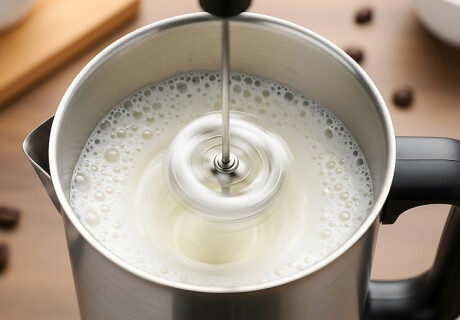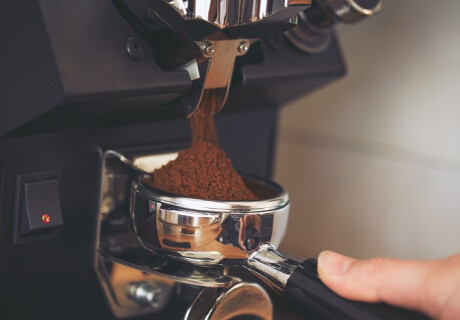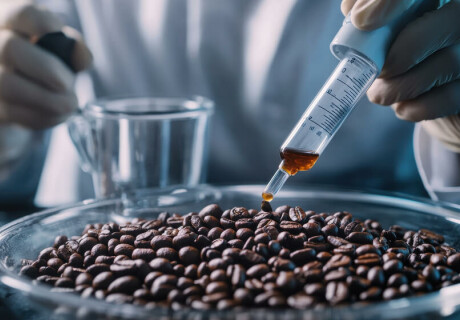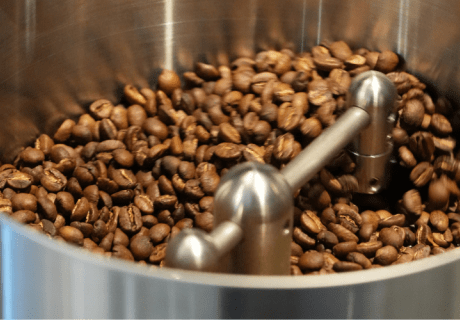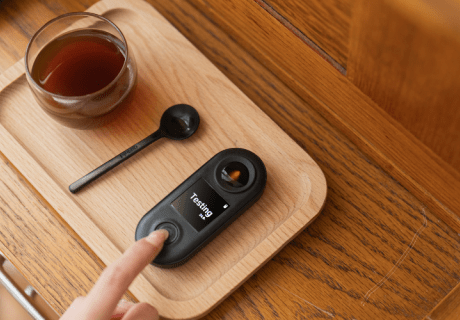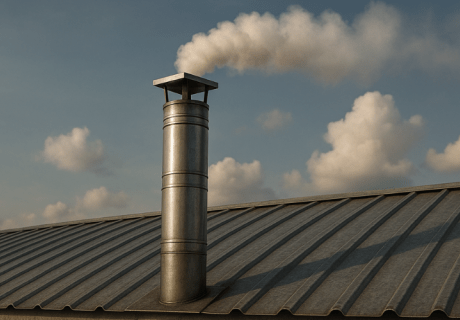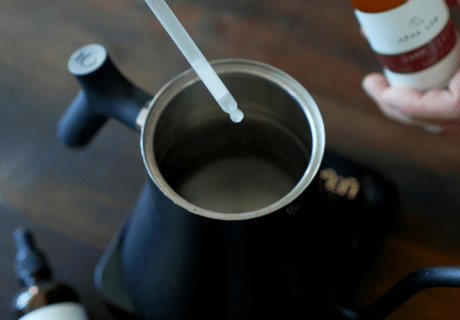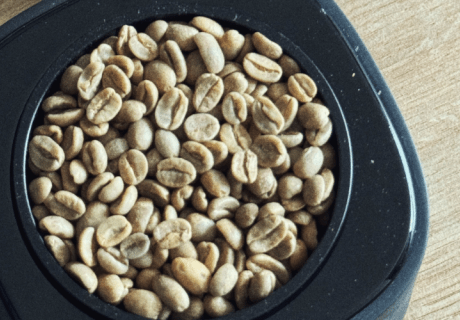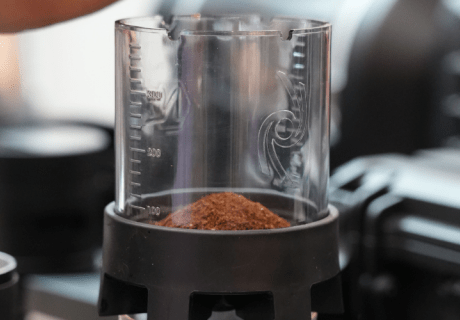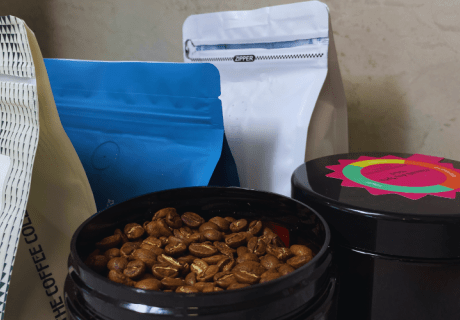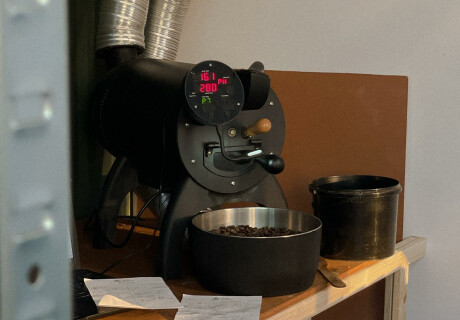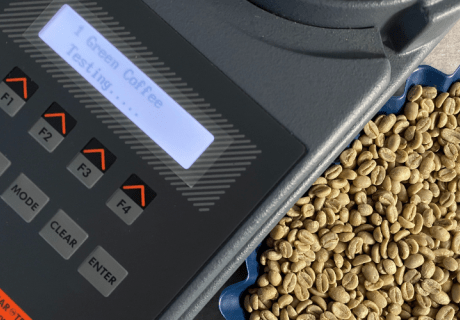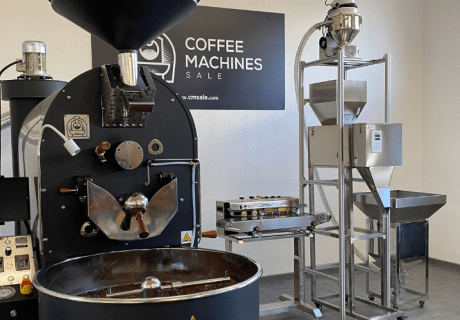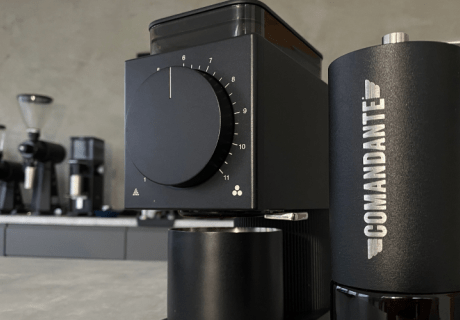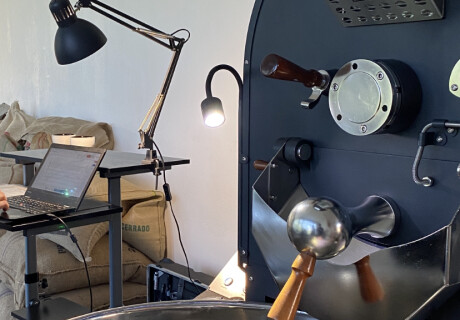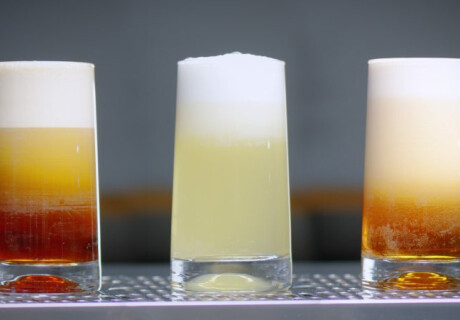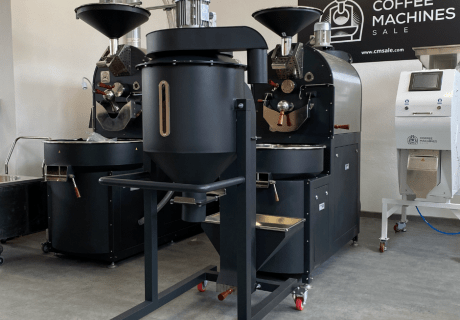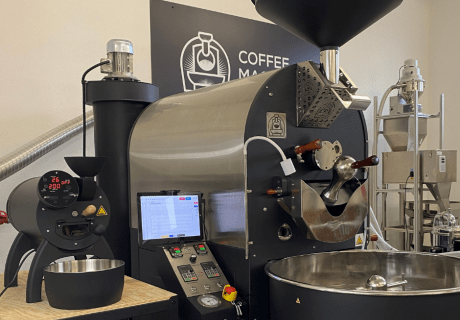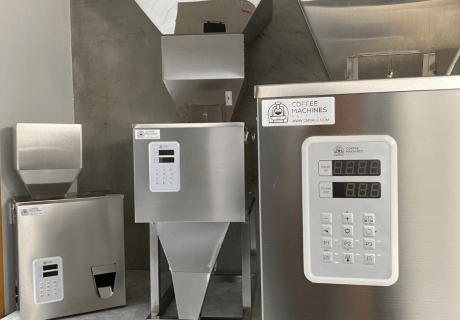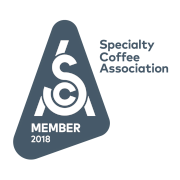Steam Wand Hygiene: How to Prevent Milk Residue Buildup
Milk System Cleaning in Automatic Coffee Machines
Automatic coffee machines with integrated milk systems offer speed and consistency—but they also pose specific hygiene risks. In these systems, milk travels through internal tubes, connectors, and frothing chambers. Without proper maintenance, fat and protein residues form deposits that can affect both taste and safety. Strict attention to steam wand cleaning tips and thorough system sanitation is essential in professional environments.
Unlike manual wands, automatic milk systems don’t allow for visual inspection of internal parts. This makes routine internal cleaning even more important. The use of water-only rinsing cycles is not sufficient. For safe and reliable operation, professionals must learn how to clean milk frothing systems according to volume and usage intensity.
Daily Cleaning Routines and Best Practices
Every automatic milk frothing system should be cleaned after each day of use—or more often, depending on service volume. Most manufacturers include a rinsing or cleaning program, but these are often misunderstood as complete cleaning. They are not. Without the correct detergent, rinsing only removes surface milk.
The correct procedure includes:
- Activating the machine’s cleaning cycle using a recommended cleaning solution.
- Ensuring the detergent reaches all milk-contact surfaces, including hoses, valves, and frothing chambers.
- Performing an extra rinse with clean water to remove any chemical residue.
Only certified coffee equipment cleaning products should be used—standard cleaners may leave behind harmful residues or damage internal plastics and seals.
Following these steps daily helps prevent milk residue in coffee machines, protecting both beverage quality and user health.
Weekly Deep Cleaning for Automatic Milk Systems
In addition to daily rinses, weekly cleaning is necessary to remove internal buildup that accumulates over time. This level of cleaning targets parts that daily routines often miss, such as connectors, milk containers, and hard-to-reach internal tubing.
A practical milk system deep cleaning guide includes:
- Removing and soaking external milk tubes in milk system detergent.
- Running an extended cleaning cycle with a concentrated cleaning product.
- Manually inspecting and cleaning detachable frothing components.
It’s also critical to check for:
- Inconsistent milk flow
- Foam quality deterioration
- Unusual smells near milk intakes
These are signs that internal contamination is affecting system performance. Consistent hygienic milk frothing techniques reduce downtime and maintain high beverage standards—key in any professional setting.
Long-Term Maintenance and Cleaning Products
Milk residue is corrosive over time. In automatic machines, internal buildup can block sensors, reduce heating efficiency, and trigger false error codes. Regular use of suitable steam wand cleaning methods and scheduled full-system sanitation helps protect internal components and preserve machine value.
Common cleaning mistakes to avoid:
- Using hot water without detergent
- Relying only on the manufacturer's rinse programs
- Forgetting to clean detachable parts like milk tubes or nozzles
For professional users, the correct coffee equipment cleaning products make all the difference. They ensure safe, residue-free operation and compliance with food safety standards. If your drinks show signs of poor milk texture or sourness, it’s likely time to reassess your cleaning routine.

